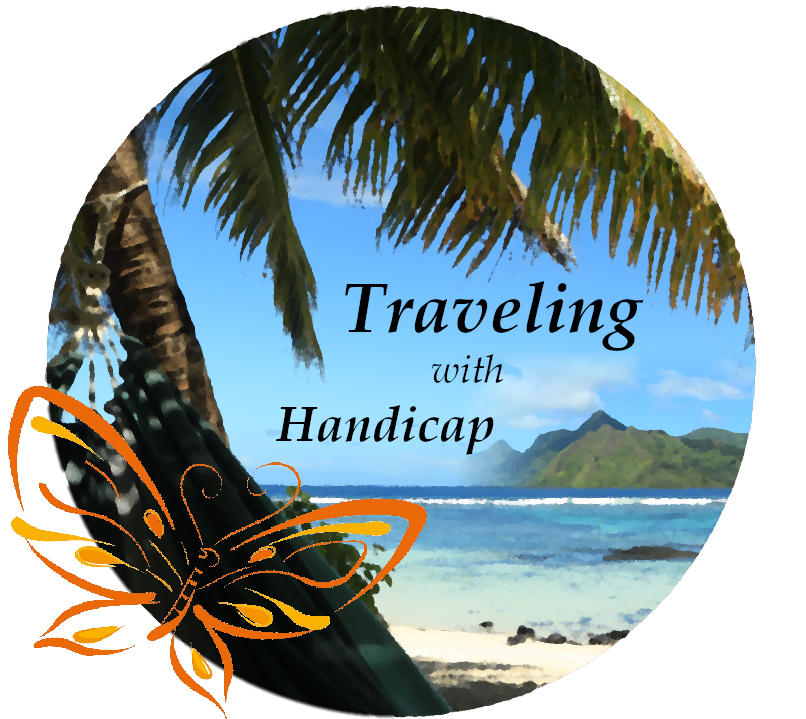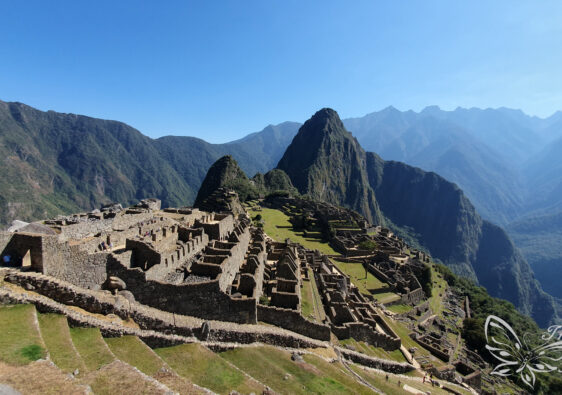The only way to handle a Peruvian is to agree with his pessimism.
Paul Theroux
Within this article, I would like to give you an overview over my experiences and time in Peru. As you might guess from the selected quote, I am rather negatively surprised by Peru. To put it in other words, I expected the people, the food, and the accessibility to be much better. Moreover, there is ridiculously much waste just along the roads. The further north in the country, the more. That’s insane, and I wonder why people just walk across all the rubbish without collecting it and putting it somewhere, away. It seems like Peru is not really caring for nature, for Pachamama.
Thus, I visited all places which I wanted to see but – at least currently – don’t intend to travel to Peru another time. I could have visited the Amazon region within Peru as well, but this is also possible from Brazil, Ecuador, or Colombia. Thus, I decided to visit this region from another country.
Destinations
At the beginning, an overview over the places / areas I visited in the order I visited them. I’ll include a short comment to each link regarding my overall experience and recommendation.
Cusco & Valle Sagrado
My highlight of the whole trip. The center of Cusco was the most beautiful town I have seen across complete Peru. However, since there are so many tourists, there are also a lot of scams, and you have to be really careful with everything you buy or pay for. Looking back, I should have spent more days in the Valle Sagrado with the many Inka ruins. This is because the Valle Sagrado was both interesting, rather clean and with friendly people.

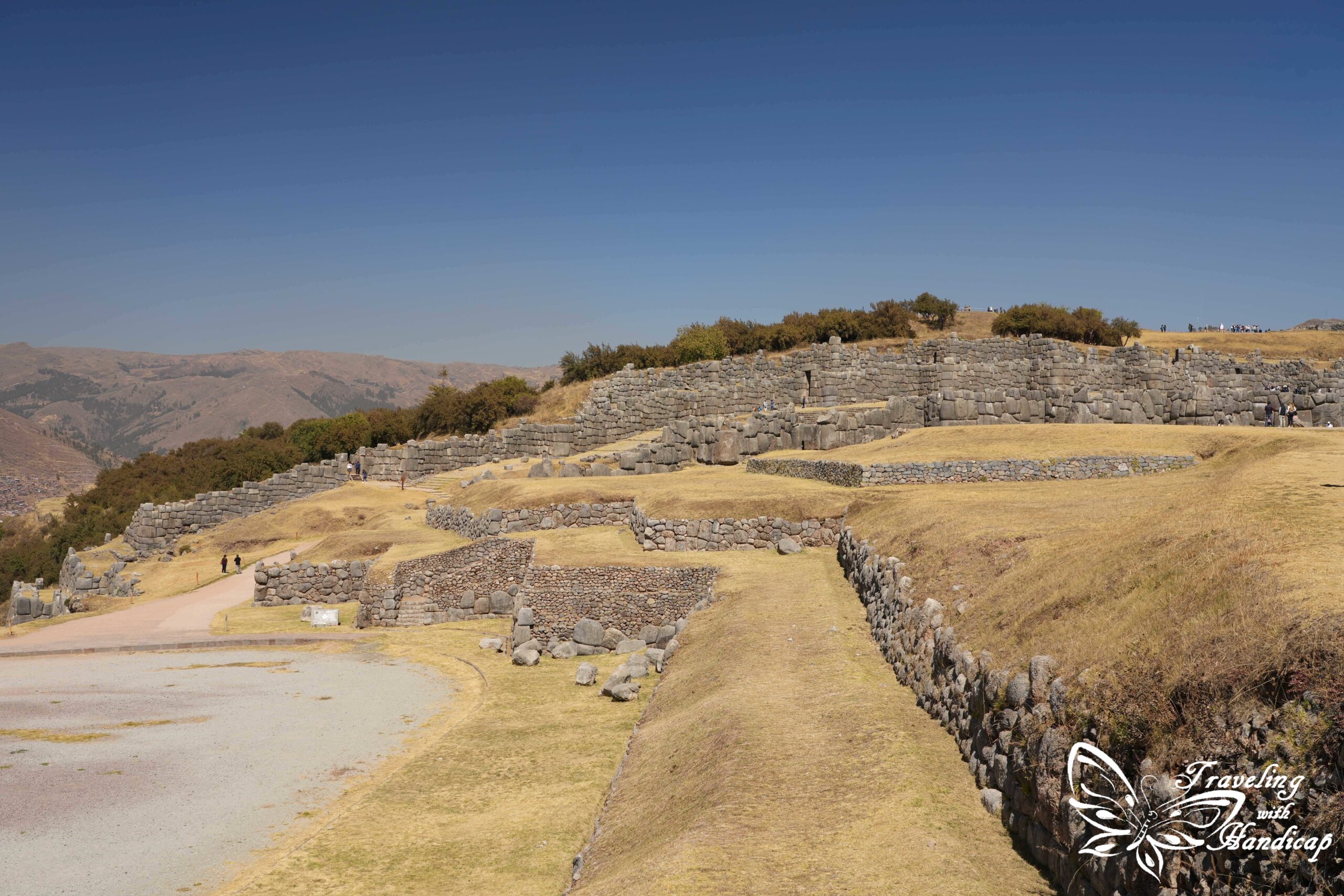

The Salkantay Trek to Machu Picchu
The Salkantay trek is a cool hike which you should definitely do by yourself or a group of friends and not with a guide. Like this, you are flexible enough to stay wherever you want for how long you want. Don’t worry about the weight to carry, except for the summit, there are many restaurants to get food. You could also go for the Inka trail, of course. I have heard (not sure) that the latter is only possible with a guide. This might be false information though (as often with respect to guides in Peru).
Machu Picchu was smaller than I expected and overcrowded. There are many other Inka sights within the Valle Sagrado which have actually impressed me more than Machu Picchu. It is a must-see because of its prominence, but not more. Actually, there are many other Inka sights, with fewer tourists, even some, where you have to walk for 2 days to get there (of course without a tour).
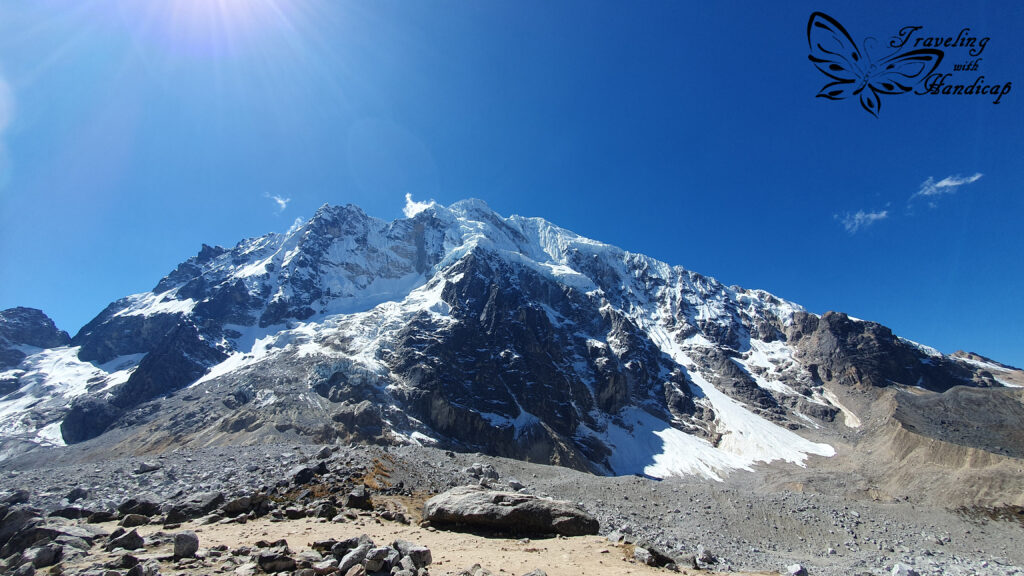

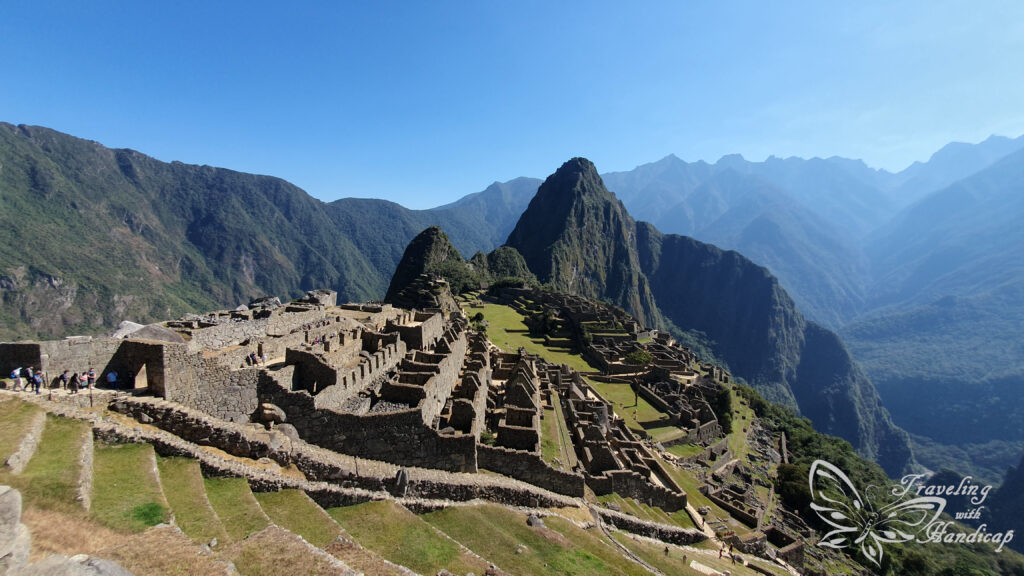
Puno and the Uros (Lago Titicaca)
After visiting both the Bolivian and the Peruvian part of the Titicaca Lake, I suggest to only visit the Bolivian side (Copacabana with the stunning Isla del Sol).
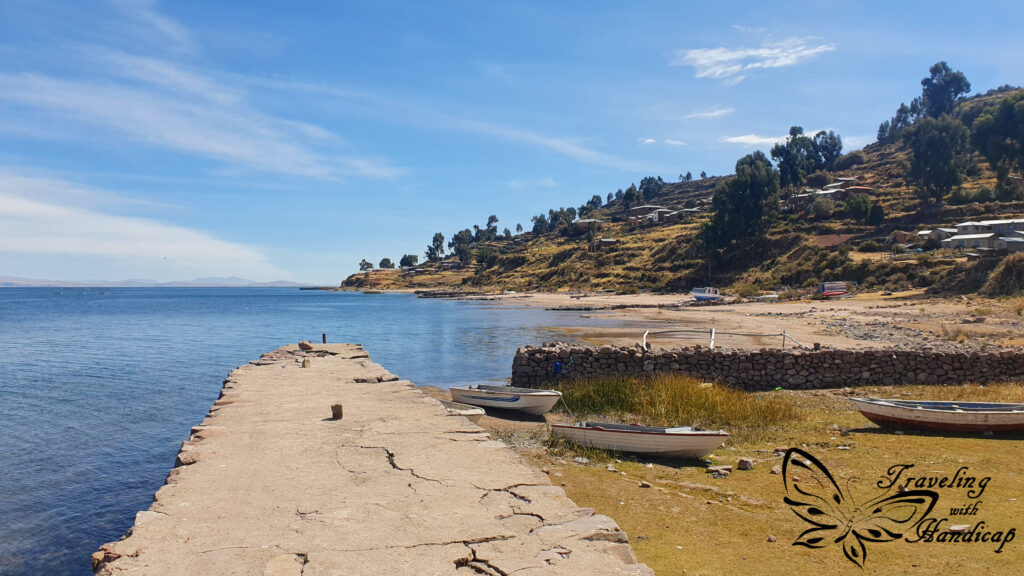
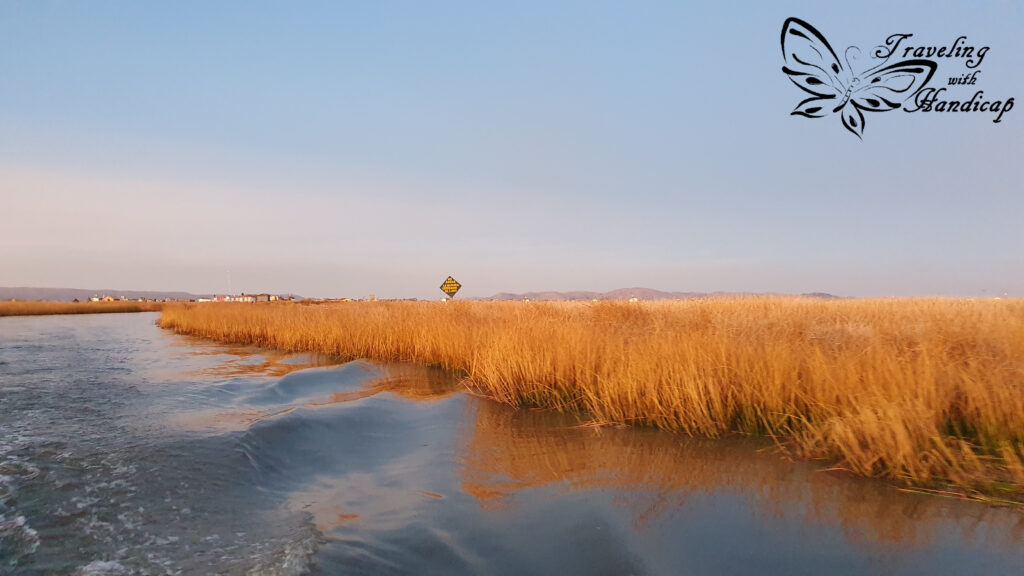

Arequipa and Colca Canyon
Even though I didn’t expect this while visiting Arequipa, it is indeed one of the most beautiful cities (with respect to its center) of Peru. In my personal opinion, Arequipa comes second after Cusco, and then Trujillo in the north. After that, there is a very big gap until Lima and then an even bigger gap to all the rest.
The Colca Canyon hike is nice as it can easily be done within two days. Again, I don’t recommend a tour as you don’t need any. There are enough hotels in the canyon, so plenty of space to sleep and buy dinners etc. Nevertheless, my highlight were the condors really close to the viewpoint.
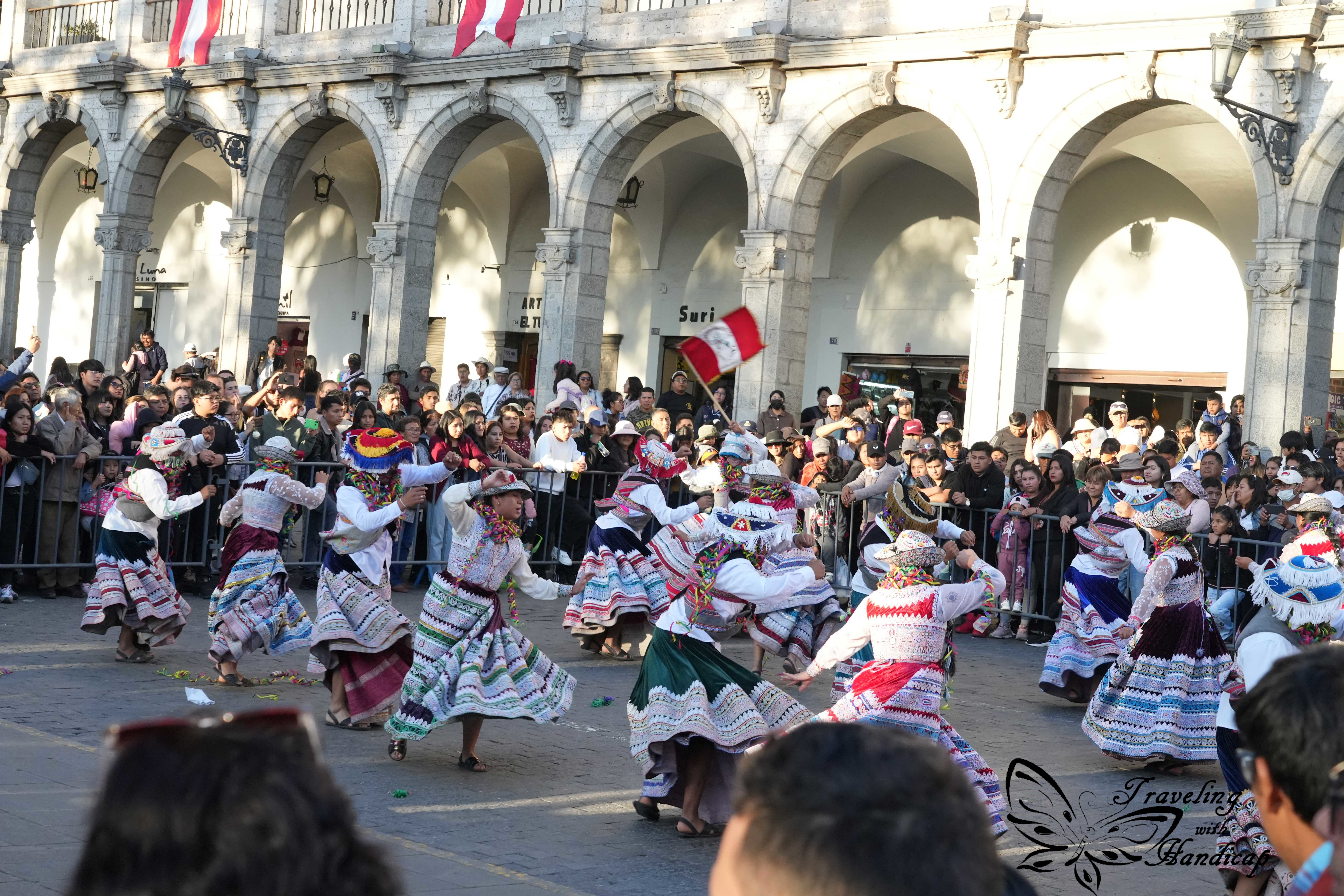


Nazca Lines, Huacachina and Paracas
All destinations within this blog post are enjoyable to be seen but not special enough to come back to. If you are short in time, you might also skip them.

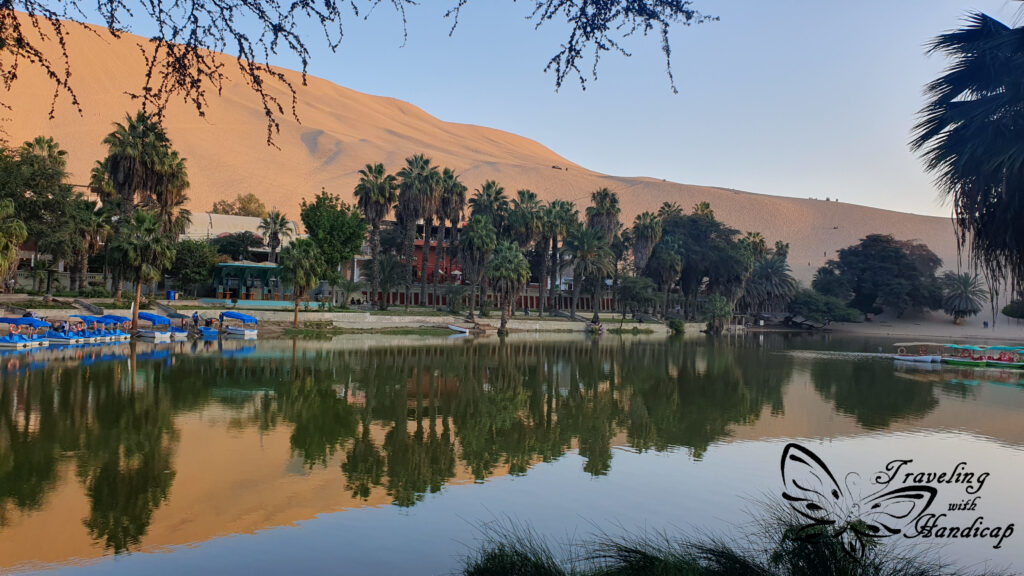
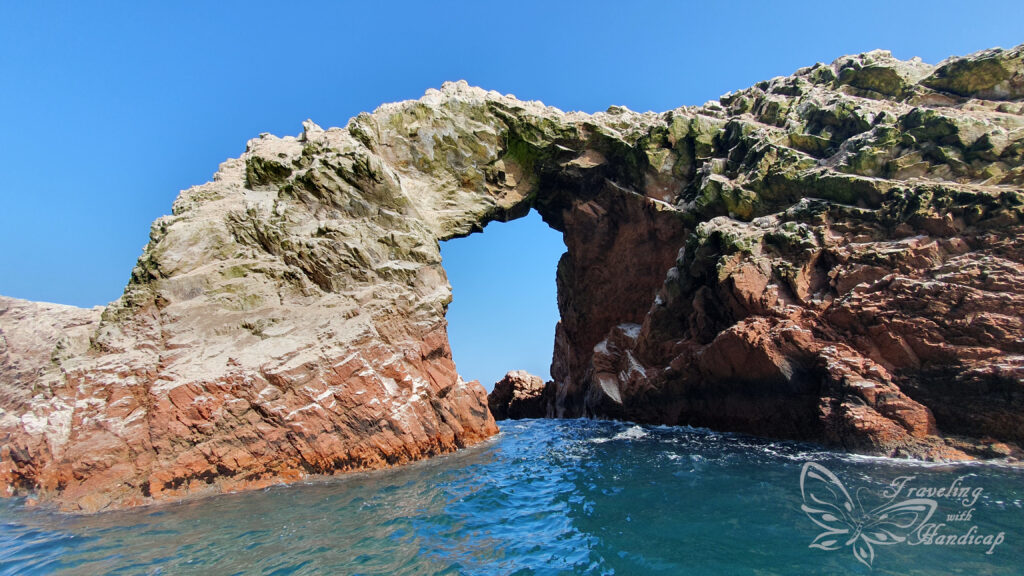
Lima
Peru’s capital is somewhat special. Its old town was very crappy when I visited. Supposed to be renovated, but who knows when. I was happy to go back to Barranco after the free walking tour. Miraflores is also okay, but I liked Barranco most. Don’t expect to get anything you need to buy in Lima. I don’t fully understand why, but in terms of outdoor stuff, you are better off buying your things in either Cusco or Huaraz. Brands in Lima only sell their names but not really the useful stuff which is standard in many other countries.
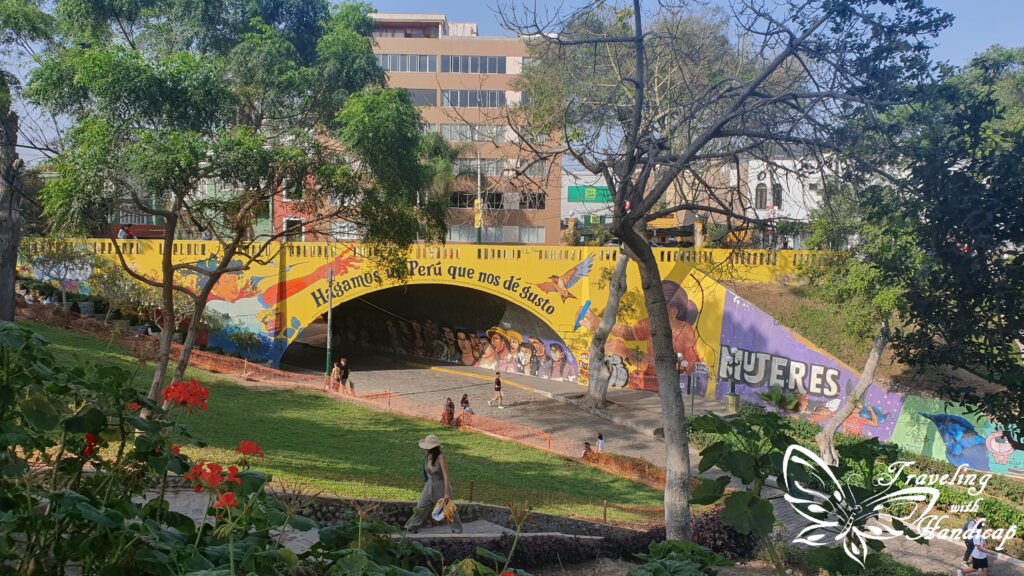
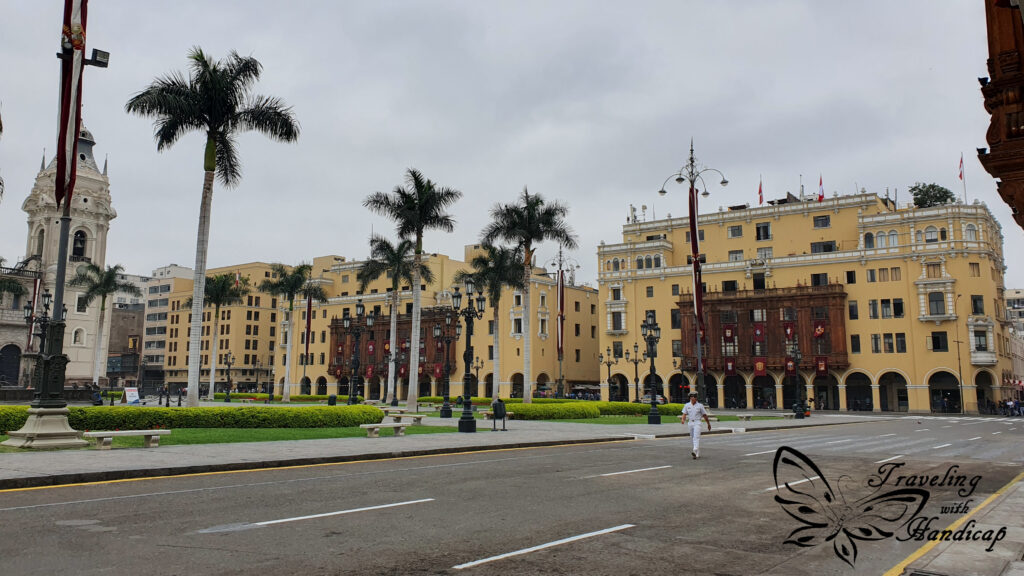
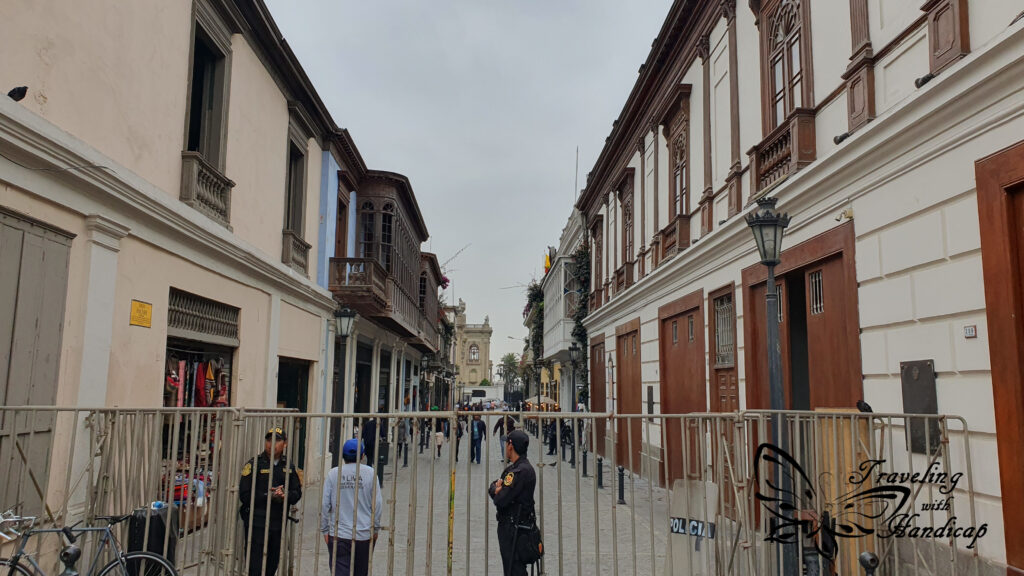
The Cordillera Blanca
In terms of views, the Cordillera Blanca hikes are more scenic than for example the Salkantay Trek. Again, you may go hiking without a guide, there are colectivos to get to places. Moreover, as I am not happy with guides in Peru, you might be better off in terms of your own health if you go by yourself (some previous experience with high altitude is recommended). It is very scenic, however, also very dry and dusty which is not the best for your lungs.

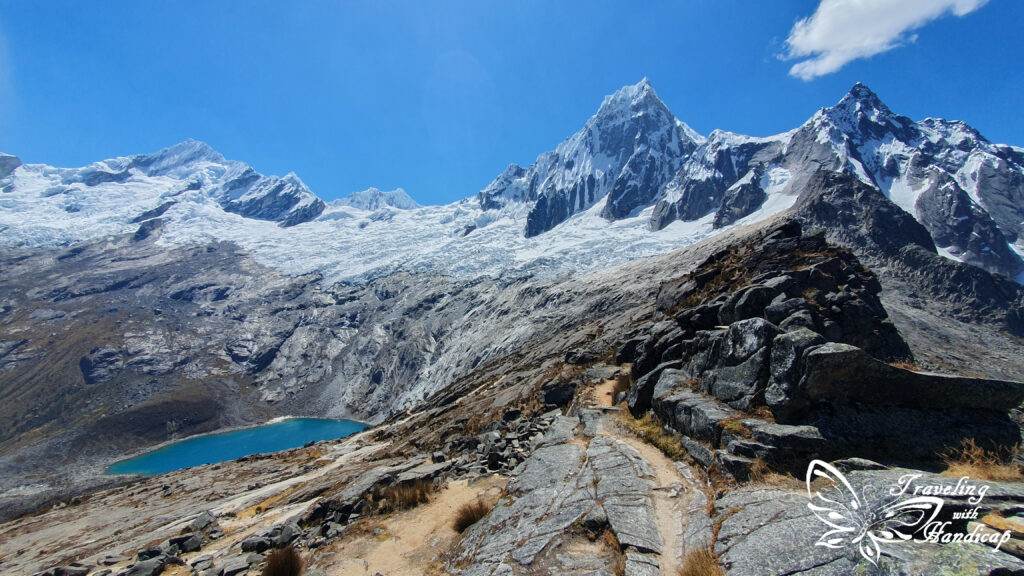
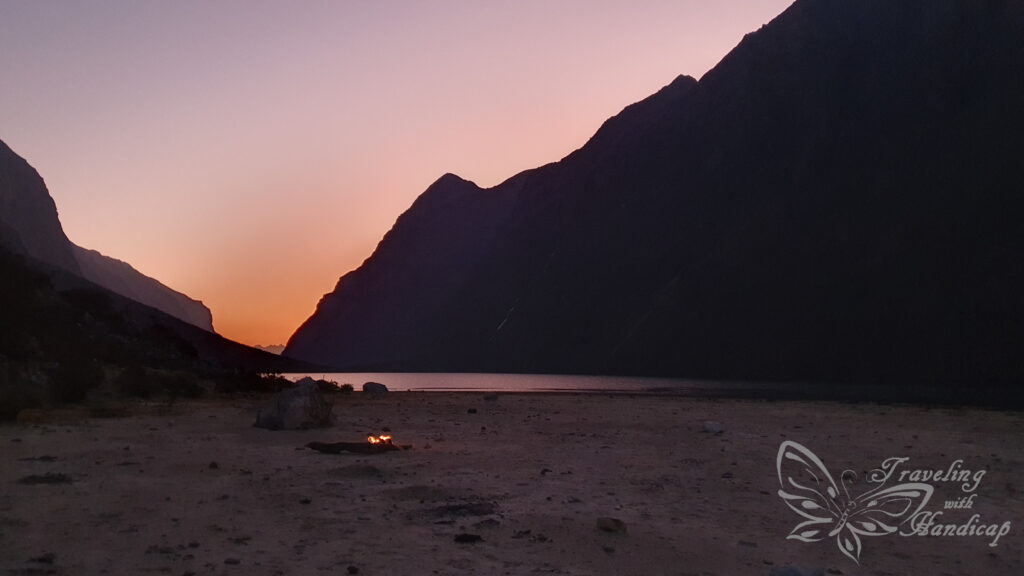
Peru’s north: Trujillo, the pyramids of Túcume and Máncora
As soon as I left Lima towards the north, I realized how much dirtier the towns and the roads get, the further up north I get. Thus, I understand that many people only visit Lima (international airport) and places south of Lima. Beyond the Cordillera Blanca, only Trujillo had a nice city center. Overall, I wanted to see these places but wasn’t too impressed.

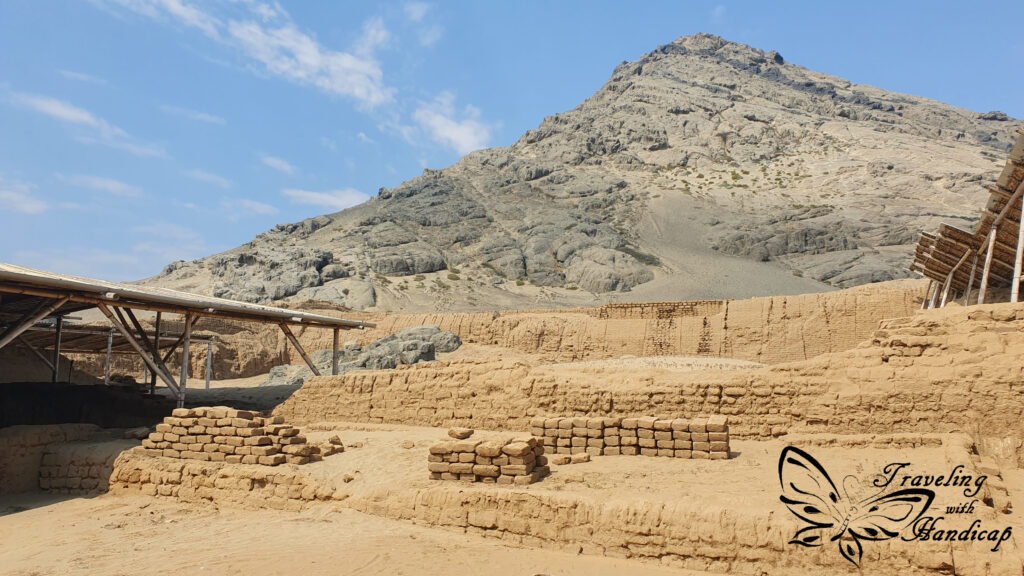

Traveling by public transport
Buses
Buses are the most convenient way to travel longer distances. For shorter distances, there might also be colectivos. On average, buses are cheaper than colectivos if you compare their respective prices for short distances. Nevertheless, sometimes, the “combis” (which I all call colectivos) are considered as a bus, even having a line number.
Peru Hop
Between Cusco and Lima, the organization called “Peru Hop” offers a combined ticket with a varying amount of stops along the way. You may choose how often you want to stop and stay and this defines the price of the ticket. During all my travels across Latin America, I always took buses just from the terminal. Thus, I wanted to try this “Peru Hop” in order to recommend it or not. Based on my experience, I do not recommend to use Peru Hop, because:
- For the price you pay, you get better buses at other companies (not all of them, but there are excellent ones like MovilBus)
- The buses have a fixed schedule, so you have to take the bus at one specific time (I prefer to have a choice if I want to take a bus duding the day or night)
- You have to decide 12 hours in advance if you want to continue your trip the next day
- There is always a guide on the bus who sells expensive tours (you can get them cheaper by buying locally)
- I wasn’t happy with the comfort in the bus, except for two times, there was almost no space to sit, thus, not comfortable to sleep
The only advantages I see:
- Except for Cusco, they do a pickup / dropoff at your hostel or at a meeting point in the center in walking distance to many hostels. Thus, you don’t need to worry about taxis and negotiating these prices.
- Easy to plan within a schedule if you are very limited in time (night buses such that you can do a tour during the day and continue in the evening. Of course, you are free to stay somewhere for more nights).
General
Based on my bus experience across many other countries in Latin America, I was quite disappointed by Peru. Sure, there are good and bad companies, more and less secure ones, as in any other country. However, the big downside within Peru is that there are no central bus terminals. Somehow, each and every company has its own terminal somewhere across town. Thus, they are not even close to each other.
This is why you cannot simply make your way to the terminal and find the next available bus. Or, more conveniently, after arriving at the terminal immediately buying your departure ticket. No. You have to ask around which bus companies there are, which are recommended and how to book tickets. Some companies, especially the ones in northern Peru, have a terrible online appearance. You only find their Facebook page but not the departure times. So it’s more like playing around if you are lucky enough to get a ticket if you can’t buy in advance.
Trains
One of the most famous trains within Peru is the train to Aguas Calientes in order to visit Machu Picchu. There are a few other train tracks, but I am not fully aware of their schedule. In general, I do not recommend taking the trains, as they are ridiculously expensive for foreigners. As a Peruvian citizen, you get far lower rates which are somehow affordable (but still not cheap).
The colectivo ride from Cusco to Hidroelectrica takes multiple hours and then another two-hour walk to Aguas Calientes, so I understand why many people take the train. Especially when they don’t have much time available. This situation is the reason the train tickets are so expensive for foreigners. For the Peruvians, it’s only about taking your money.

Colectivos and Taxis
Often, buses connect major towns and cities while Colectivos take care of all the stops in between. Actually, colectivos don’t have dedicated bus stops, they stop whenever you need to get on (of course only if there is space) and off. On the one hand, they are very practical, especially if you want to visit places without a guided tour. On the other hand, you have to be very careful since drivers like to overcharge you if you don’t know the rate.
Therefore, I carefully check which people were on the bus before I got on, and I make them pay before me. For example by searching for my purse “unexpectedly long” while watching how much the others pay. If you ask for the price, the answer is usually too high. Thus, I try to not ask for the price but calculate it from the amounts the others paid. As well, it is important and convenient to have a lot of small money. If you don’t have the appropriate amount, some drivers would just refuse to give you your change insisting that it costs as much.
I hate taking taxis but had to do so unfortunately often. This is because you have to negotiate the price all the time. As a gringo (visually non-native Latin American), they would just insist on much higher rates. I learned to be very hard refusing many rides until someone accepted me paying the same amount as the locals would pay. I frequently ask random people how much the ride is, the average answer is most likely correct. Some of them would already mention more since I’m a tourist, others are honest.
Peruvian Kitchen
The Peruvian Kitchen is very famous. Actually the world’s highest rated restaurants are in Lima. However, going to these restaurants is within the high-end budget and to be reserved weeks if not months in advance. Thus, nothing for me. I tried to stick to restaurants and markets which normal people go to. Even though the Peruvian kitchen is quite hyped, I was honestly not really impressed, rather disappointed, as I expected more.

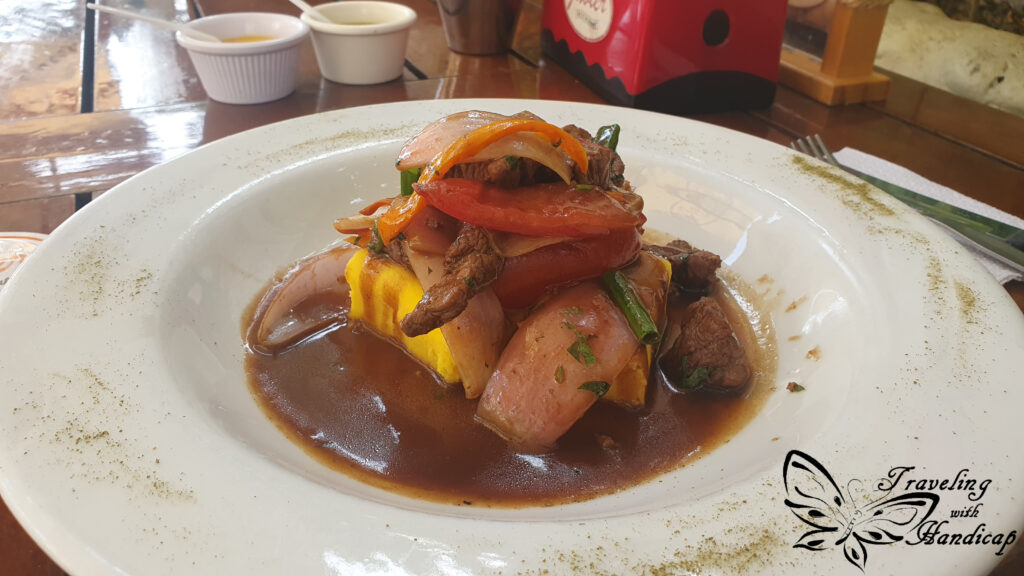
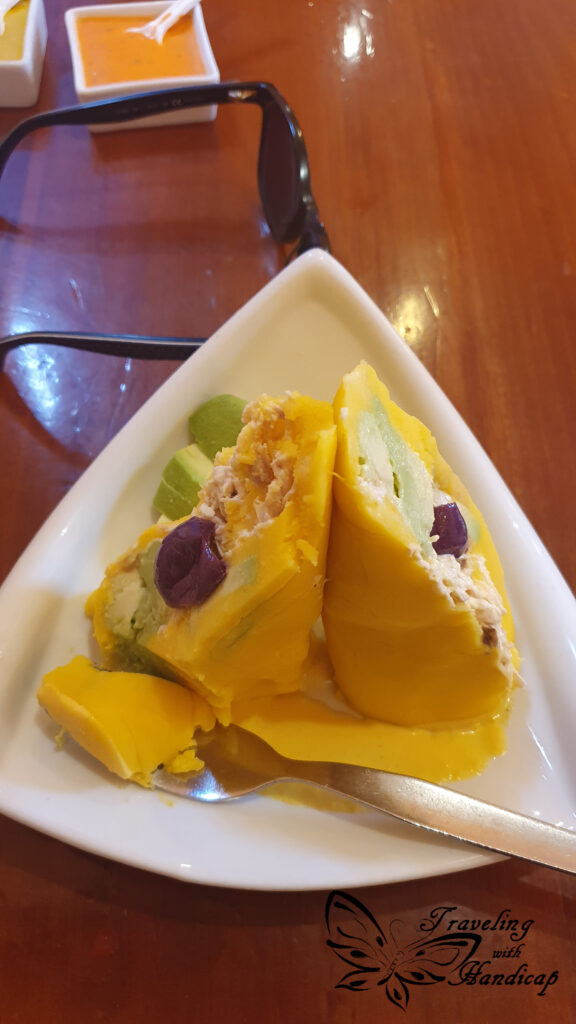
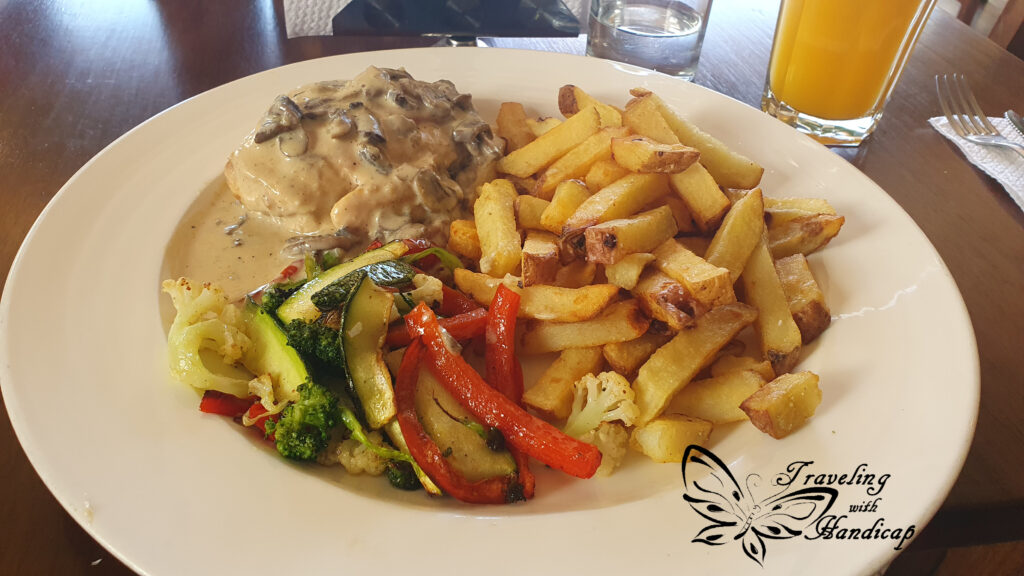
Sure, there are specific dishes of the various regions, but most of them are of the type which I have already cooked myself at home. Like the filled red pepper from Arequipa. Moreover, Peruvians eat a lot of meat, mostly chicken. So no matter where you go, almost every restaurant calls itself “Polleria” (pollo = chicken). You get chicken with rice, fries and maybe some salad or vegetables. As the main dish across Peru. Sure, there is also Ceviche which is also Chilean (not sure if they fight the same battle as for Pisco) and containing raw fish, so I didn’t eat any.
In general, it is very difficult to find good vegetarian dishes. Only in Lima and Trujillo I could find some specifically vegetarian restaurants. If I ask for a vegetarian meal, people look at me as if I am an alien asking “but what do you eat then?” (as if everything else than meat is no food and I must be starving).

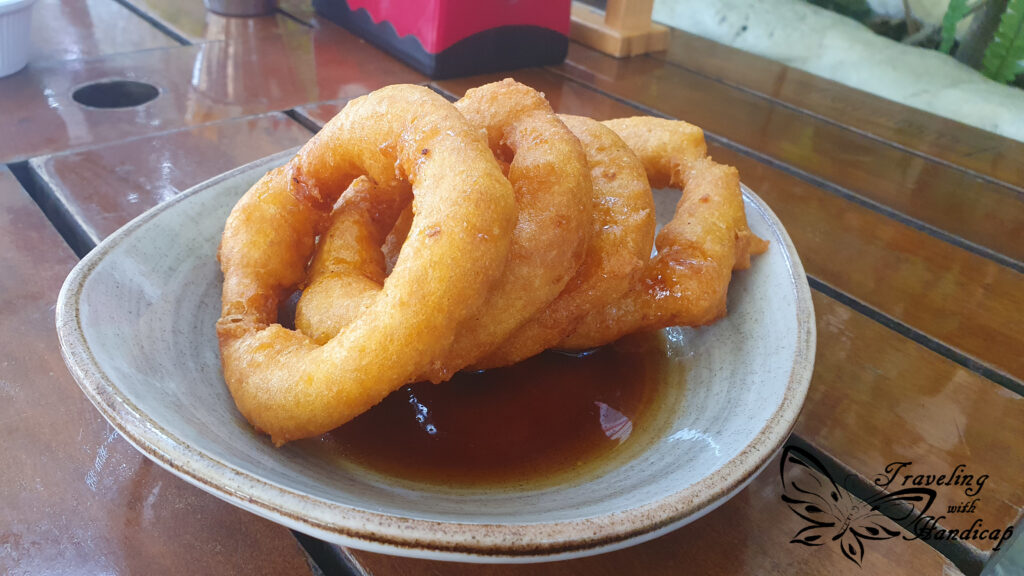
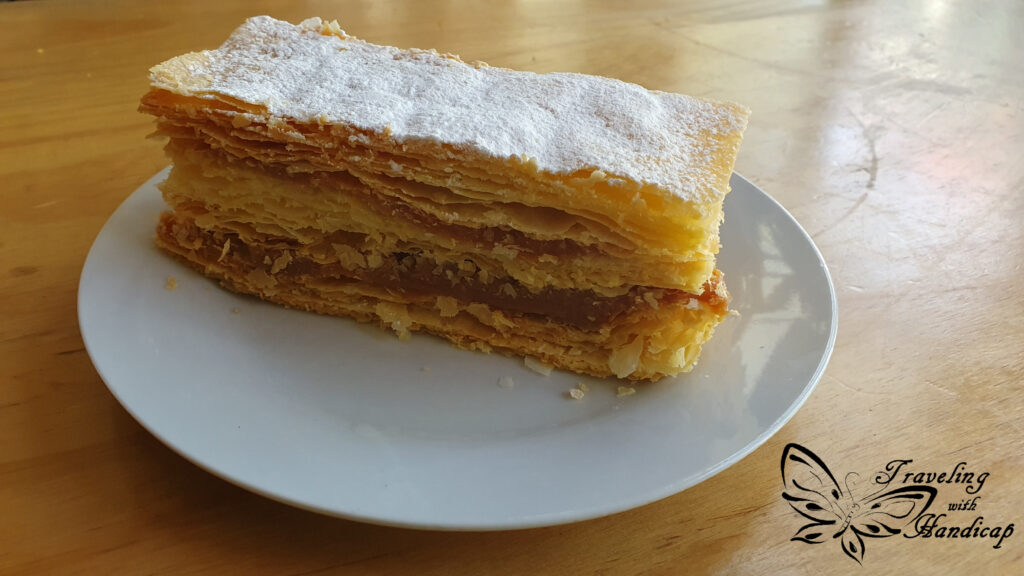
Chinese is Peruvian – would Italian be German?
The walking tour guide of Lima explained to us that some time in the past, many Chinese people came to Peru. And during that time, the Chinese kitchen melted with the Peruvian kitchen. This is what you get in the many “Chifa” restaurants. Well, I don’t agree with this conclusion. I went to a great Chifa restaurant in Arequipa, but I consider the food as Chinese (made for Peruvian taste). I mean, wouldn’t all the Italians living in Germany disagree if I say that the Italian kitchen is a German kitchen because we have it so often?
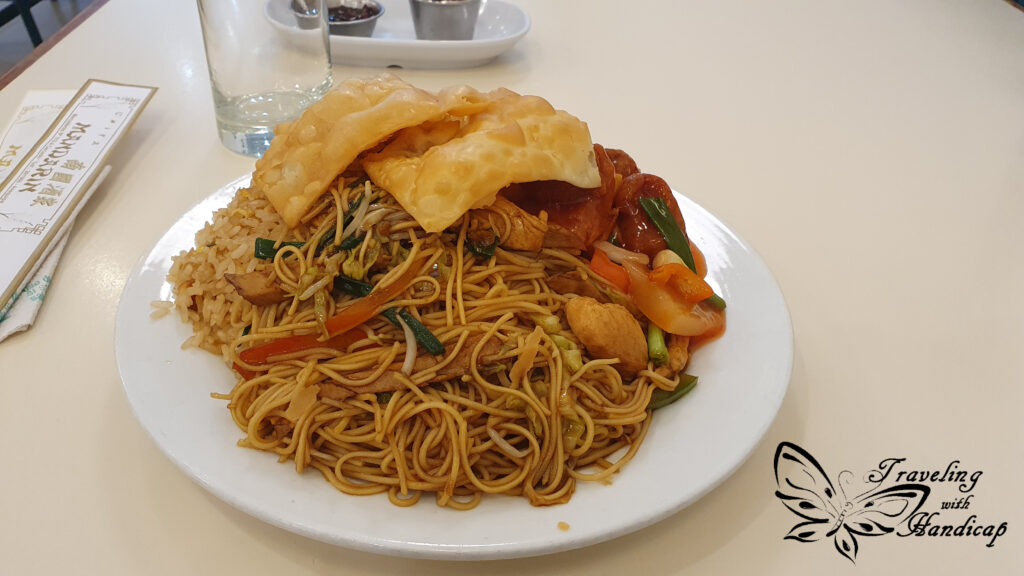
The only special exception regarding dishes is Cuy (guinea pic) which is supposed to be a delicacy. I tried one in Cusco but didn’t like it at all. Almost no meat, very fatty, and skin far beyond being crispy as I am used to having it from the chicken at a Volksfest in Bavaria.

Potatoes
The only dish which I consider as typical Peruvian that I liked a lot was Causa Limeña. A smashed potato dish. I read so much about the many types of potatoes growing across Peru.
However, whenever having potatoes in a dish, they were only few. At buffets, we couldn’t take as many potatoes as we liked, they were really limited. Once I tried asking for more potatoes since I didn’t want to have the meat and got very angry views as a response. In the market, you may buy a variety of different potatoes. However, this doesn’t help much if your hostel has no kitchen to prepare a dish yourself. When I tried cooking different potatoes in Lima, I figured that some were quite tasty while others were really dry. So I assume you have to know which potato needs to boil for how long.
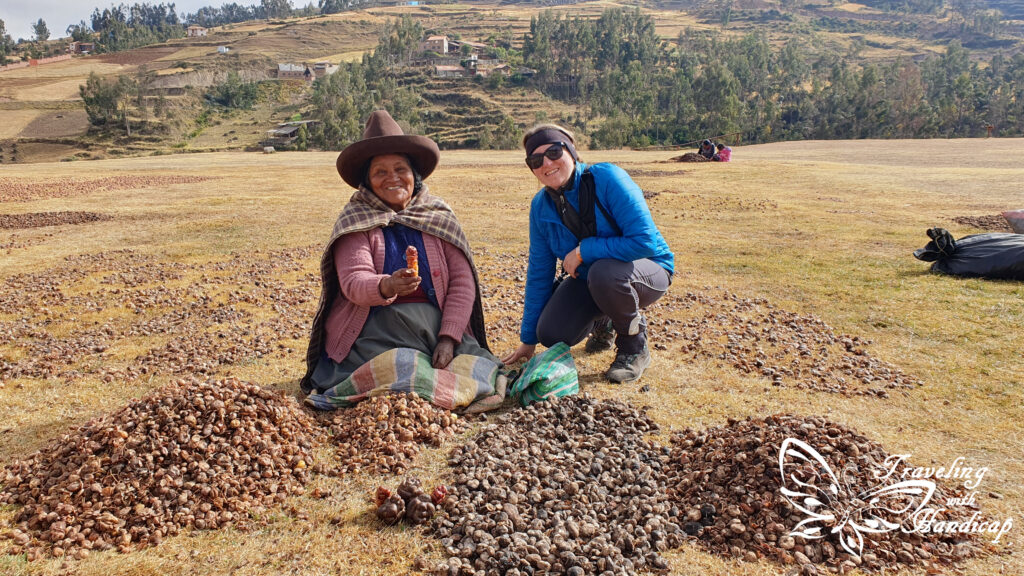

Accessibility and how I experienced the attitude of Peruvian people
Really bad situation with respect to accessibility for people with (physical) disabilities
After coming from Brazil, I was used to a high standard of accessibility and help. However, in Peru, I couldn’t rely on anything in this context. Sure, I often got either reduced entrance fees or in for free. Just to be clear, the first response was typically that it’s only for Peruvians. But then I insisted in Spanish that I already got reduced feed at many other sites, and then I also got the appropriate discount (“it’s all about money”). Thus, with my German disability card, I paid mostly either Peruvian instead of foreigners rates or 50% or nothing.
This reduction in the cost of entrance fees was the only advantage I had. Just considering ramps for example: almost non-existent. Regarding Argentina, I have been complaining that there are ramps but useless as followed by a tree etc. But in Peru, ramps almost don’t exist. As such, I didn’t really see any wheelchair users. Actually, I saw very few in the north and almost none in the south.
“What’s wrong with you”
As always in hostels, I requested lower bunk beds because of the ladders. Having different experiences in this context with respect to different countries, Peru was distinct in this case as well. Usually, they made it possible without problems. However, as a result, they told me either horror stories about physical injuries or asked me hundreds of questions about “what’s wrong with you”. Honestly, even people on the street kept asking “what’s wrong with you” which is embarrassing.
If you want to support someone who might have problems, ask if she is okay, if she needs help carrying something (without payment). However, the question “what’s wrong” indicates that you don’t fit, that you are not “as expected”. I wouldn’t want to live with folks who continuously make me feel like a non-fit. Based on this context, I kind of feel with the people with visible disabilities, that they are not on the streets. Unfortunately, the quality of streets is bad enough that it would be a nightmare getting around in a wheelchair.
It’s all about money
As I often mentioned already, money seems to be much more important to Peruvians than the experience of their guests. I am not saying that you shouldn’t pay entrance fees etc. However, no matter what you do, Peruvians ask you for more money as you are a foreigner (gringo). You have to be really hard in your communication, insisting that you would not pay more. Moreover, many times the guides or drivers just mind their own business as soon as you have paid. Like not listening to any simple request “because they are not paid for that”.
Of course, there are some exceptions. Some people I had great conversations with and then have been offered some local fruits to try or some water etc. But these people were very few, unfortunately.
Tour guides
I am not really a person for tours, if I do a tour, it’s because it’s difficult to get around by myself or because I need a day of rest (not worrying about the organization of transport). In general, I expect guides to take care of the group and entertain well. However, both these needs were not satisfied within the tours I took in Peru. Sometimes there was only a driver but nobody to explain anything. Another time a big bus cramped with people but only one guide.
In general, every tour provider or host (hostel) tells you that it is not recommended to hike alone (like Salkantay or Santa Cruz). I am sure they only say this because they want you to pay for a tour. Actually, I experienced people telling me horror stories about people who have died in the mountains just to make me pay. My response was that if xyz happens, I would die anyway, no matter if with a guide or without. I also have a GPS to call for a helicopter if needed, the helicopter will take one day to arrive, no matter if I call it or somebody else.
Altitude
Especially with respect to the altitude, guides are not careful enough. I am so glad about my positive experience in Bolivia where I learned how to handle the altitude without problems (by walking super slowly). Guides liked to rush people, but I kept walking my speed. Thus, every few meters, guides and people with horses asked me if I am tired or if I want to have a horse. Actually really annoying even after a couple of minutes. So I rather ignored them. With the result that I had no difficulties with the altitude and others were vomiting. The way of how horse-people offered their service was not about taking care but taking your money.
Forced Shopping
At least within southern Peru, any tour you do will stop at some weaving and clothes store. Literally everywhere they have the only true Alpaca wool which is better than everywhere else (and of course ridiculously expensive as well). Sometimes, like for the Colca Canyon, I booked only the transport to the Canyon with a tour but not the return trip. In this case, it was because the tour people have to hike back up in the dark in order to have the full day to stop at villages for “souvenir shopping” which I don’t need. I didn’t buy anything of this extensively expensive stuff. Almost nobody did.
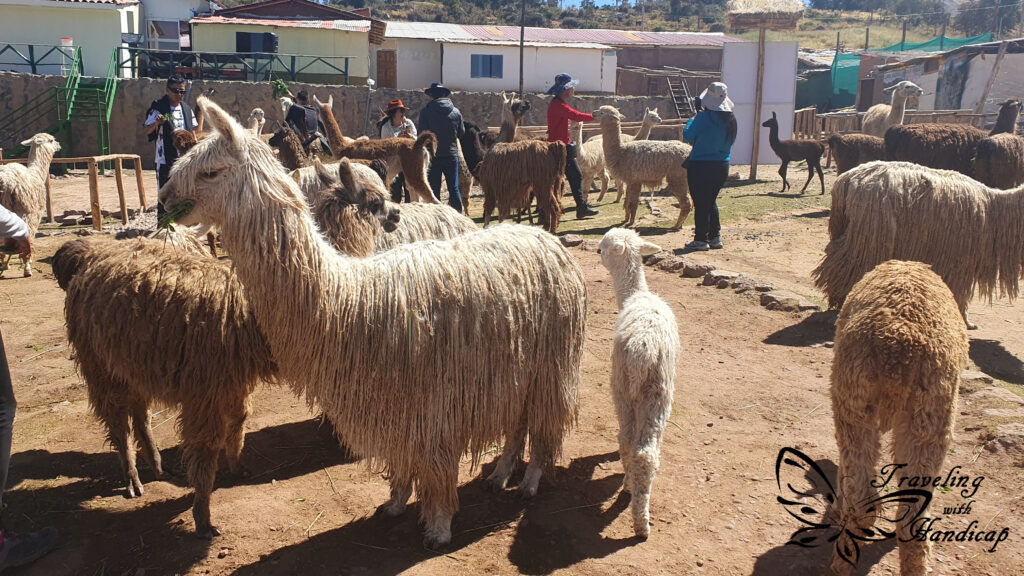
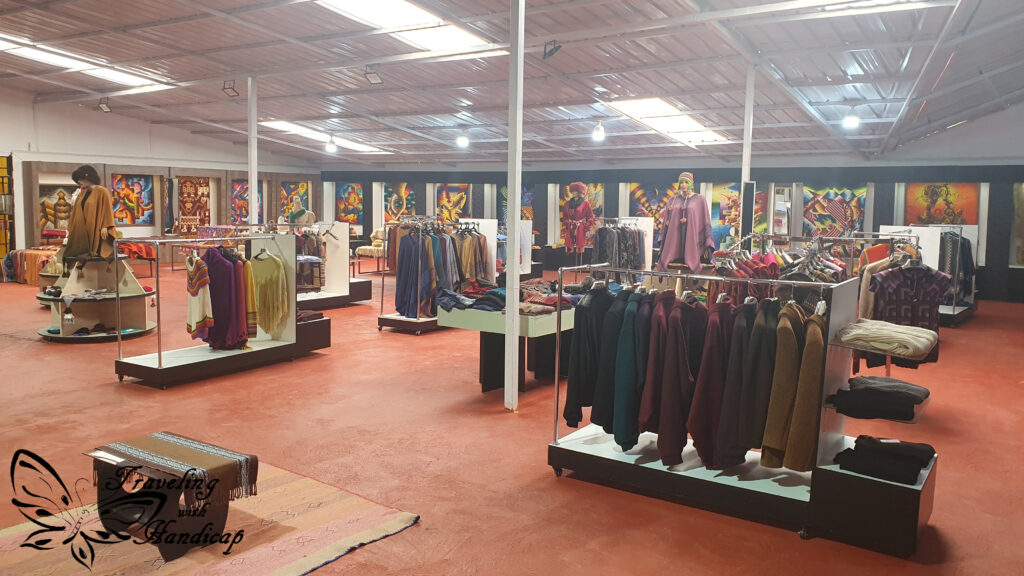

How to avoid scams
Some tips how I traveled around:
- Don’t buy anything from people on the streets who sell tours and other services (especially the Plaza de Armas is a high risk area)
- Only buy tours in agencies after checking a couple and asking for prices
- Take recommendations from other travelers regarding their tour providers / agencies / buses
- Always have approximately 50 soles in small change (10 soles and below) so that you can pay for colectivos or taxis or street food correctly
- Don’t be the first one paying for the colectivo, wait and watch the others before you “find” your wallet
- Do not take the guides and people seriously who tell you horror stories in order to make you pay for a tour
- Don’t buy from any of the shops you visit during a tour (on average more expensive)
- If you stop for a restaurant which is not included in the price, leave the group and go to the cheap one next door
- Visit any site without a guide, even if they insist that you should have one (if it’s truly mandatory, it is included in the ticket price)
